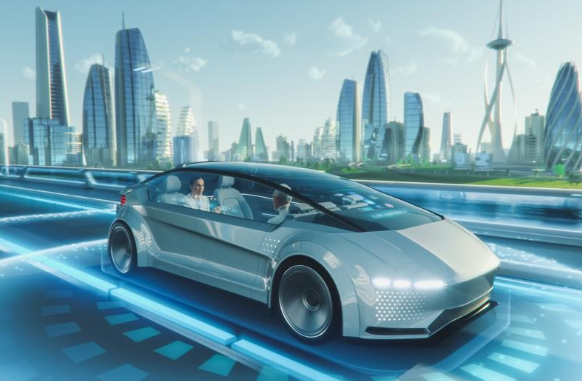
The automotive industry is currently undergoing a transformative shift as autonomous driving technology takes center stage. Autonomous vehicles, often referred to as self-driving cars, have the potential to revolutionize how we approach transportation. This technological advancement is not only reshaping the automotive landscape but also impacting various other industries and our daily lives. In this article, we’ll explore how autonomous driving is driving this revolution in the automotive sector.
A Vision of Safer Roads
One of the primary motivations behind the development of autonomous driving technology is safety. Human error is a leading cause of traffic accidents, and autonomous vehicles are designed to reduce accidents by eliminating or significantly reducing human mistakes. Self-driving cars are equipped with sensors, cameras, radar, and advanced software that can detect and react to their surroundings more quickly and consistently than humans.
The hope is that as autonomous technology becomes more prevalent, the number of traffic accidents and fatalities will decrease significantly. It offers the promise of safer roads and fewer injuries, making it a revolutionary step in the automotive industry.
The Shift Toward Mobility as a Service (MaaS)
Autonomous driving is closely tied to the concept of Mobility as a Service (MaaS), a trend that is redefining how we view transportation. MaaS envisions a future where people rely on a mix of autonomous vehicles, ride-sharing, and public transportation, all seamlessly connected through apps. With MaaS, transportation becomes a service rather than a product.
This shift has the potential to reduce traffic congestion, pollution, and the need for personal vehicle ownership. It offers increased convenience, as users can summon a self-driving car when needed, reducing the need for parking and maintenance. MaaS is changing the way people think about transportation, as it provides flexibility and convenience while reducing the costs and hassles associated with traditional car ownership.
Redefining the Automotive Business Model
Autonomous driving technology is not only affecting the way people use vehicles but also the automotive business model. Automakers are evolving from merely selling vehicles to offering mobility solutions. Companies like Tesla, General Motors, and Ford are investing heavily in autonomous technology and preparing for a future where autonomous ridesharing services become a significant part of their business.
This shift represents a fundamental change in the industry’s approach. Instead of just manufacturing and selling cars, automakers are moving toward providing autonomous services, including maintenance, fleet management, and connectivity. The automotive industry is becoming more tech-focused, fostering collaborations with tech companies and start-ups, and exploring innovative business models to thrive in the autonomous era.
Revolutionizing Urban Planning
As autonomous vehicles become more prevalent, cities will need to adapt and rethink urban planning. With self-driving cars, there will be less need for parking space, which could lead to the repurposing of urban areas currently dedicated to parking lots and garages. This, in turn, could lead to more green spaces and improved urban environments.
Furthermore, autonomous technology can help alleviate traffic congestion by optimizing traffic flow and reducing bottlenecks. It has the potential to reduce the need for wide streets and excessive parking infrastructure, which can open up space for pedestrians and cyclists. Autonomous vehicles will play a significant role in shaping future cities, making them more livable, sustainable, and efficient.
Challenges and Ethical Considerations
While the promise of autonomous driving is significant, it is not without its challenges. Ethical dilemmas arise, such as how self-driving cars should prioritize safety when faced with difficult decisions. Questions about the liability of accidents involving autonomous vehicles and concerns about data privacy and security need to be addressed.
Regulatory frameworks and safety standards must evolve to ensure that autonomous technology is both safe and reliable. These challenges, while substantial, are critical for the responsible development and deployment of autonomous vehicles.
Conclusion
The revolution of autonomous driving technology is reshaping the automotive industry in profound ways. It holds the promise of safer roads, more efficient transportation, and redefined urban planning. As autonomous vehicles become an integral part of the mobility landscape, they will not only impact how we move from one place to another but also how we live in and interact with our cities.
The automotive industry is embracing this transformation, with traditional automakers, tech companies, and startups investing heavily in autonomous technology and adapting their business models to align with the autonomous era. As the technology matures and regulatory frameworks evolve, we can expect autonomous driving to become a common feature of our daily lives, ushering in a new era of mobility and redefining the automotive industry as we know it.

Leave a Reply